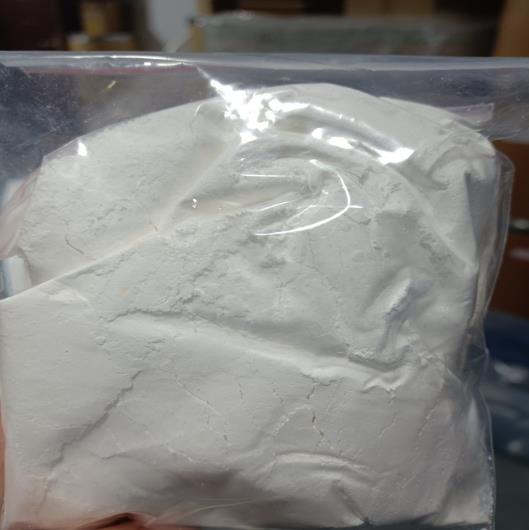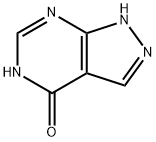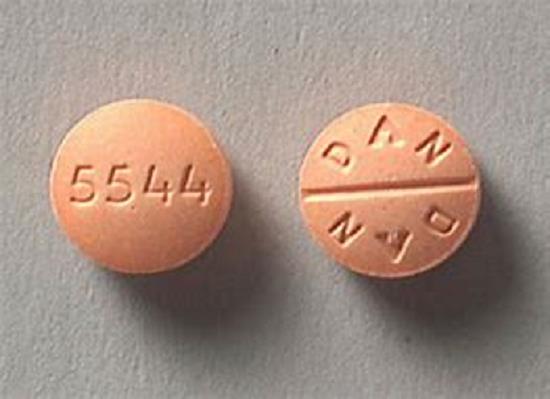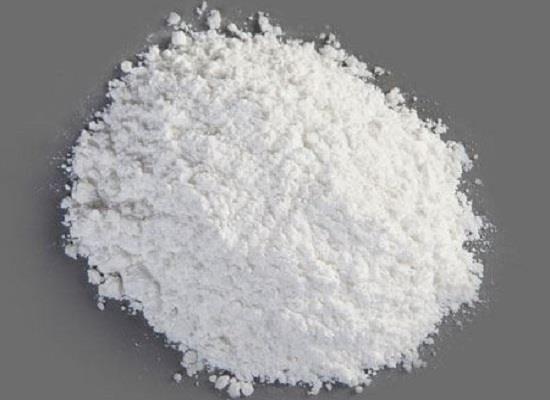Allopurinol: A Comprehensive Overview for Chemistry Professionals
Introduction
Allopurinol, a stalwart in the pharmaceutical armamentarium, stands as a testament to medical ingenuity in the treatment of gout and kidney stones. Its mechanism of action, disrupting the production of uric acid, strikes at the root of these afflictions, offering relief where there was once only discomfort. Beyond its clinical efficacy, Allopurinol embodies a beacon of hope for patients grappling with the debilitating effects of these conditions, promising a path to restored mobility and improved quality of life. As we delve deeper into the synthesis, components, uses, and storage of Allopurinol, we unravel a tapestry of scientific achievement that continues to shape the landscape of modern medicine[1].

Figure 1 Characteristics of Allopurinol
Synthesis of Allopurinol
The synthesis of Allopurinol is a fascinating journey through the realm of organic chemistry. It begins with the reaction between hydrazine and ethyl acetoacetate, a critical step that sets the stage for subsequent transformations. This initial union forms a hydrazone intermediate, a crucial building block in the synthesis process.
The next step involves cyclization, where the hydrazone intermediate undergoes a series of intricate rearrangements to form the pyrazolopyrimidine ring system characteristic of Allopurinol. This cyclization step is essential for the conversion of the intermediate into the final product.
Following cyclization, meticulous hydrolysis and purification steps are employed to isolate and purify the Allopurinol compound. These steps are crucial for ensuring the final product's purity and efficacy, highlighting the importance of precision and attention to detail in organic synthesis.
Main Components of Allopurinol
Allopurinol's main component, the active pharmaceutical ingredient (API), is pivotal in its therapeutic potency. This API, Allopurinol, is embodied in the medication as Allopurinol sodium, ensuring its bioavailability and efficacy. The API's role extends beyond mere chemical composition; it represents the culmination of meticulous research and development, embodying the promise of relief and recovery for those in need. Understanding this fundamental component illuminates the path to harnessing Allopurinol's full therapeutic potential.
Uses of Allopurinol
Allopurinol's utility extends far beyond its initial indications, showcasing its versatility in addressing various medical conditions. Foremost among these is its role in managing gout, a painful form of arthritis resulting from the accumulation of uric acid crystals in the joints. By inhibiting the enzyme xanthine oxidase, Allopurinol reduces uric acid production, alleviating symptoms and preventing recurrent attacks.
Beyond gout, Allopurinol serves as a prophylactic agent against kidney stones, particularly those formed from uric acid. By lowering urinary uric acid levels, Allopurinol minimizes the risk of stone formation, offering relief to those predisposed to this condition.
Moreover, Allopurinol plays a pivotal role in managing hyperuricemia, a condition characterized by elevated levels of uric acid in the blood. Left unchecked, hyperuricemia can lead to various complications, including gout and kidney stones. Allopurinol's ability to lower uric acid levels mitigates these risks, promoting overall health and well-being.
Intriguingly, Allopurinol's therapeutic potential extends beyond its conventional uses. Studies have explored its efficacy in managing cardiovascular diseases, such as heart failure and hypertension, as well as its neuroprotective effects in neurological disorders like Parkinson's disease and multiple sclerosis. While further research is needed to elucidate these potential benefits, Allopurinol's multifaceted nature underscores its significance in modern medicine[2].
Storage Methods for Allopurinol
Proper storage of Allopurinol is paramount to maintaining its efficacy and safety. It should be stored at room temperature, ideally between 20 to 25 degrees Celsius, in a dry place away from moisture and direct heat. Storing Allopurinol in its original packaging helps protect it from light and moisture, preserving its stability.
Additionally, it is crucial to keep Allopurinol out of reach of children and pets, as accidental ingestion can have serious consequences. Regularly checking the expiration date is also essential, as expired medication may not be as effective or safe to use. Any Allopurinol that has passed its expiration date should be discarded according to local regulations. Following these storage guidelines ensures that Allopurinol remains potent and safe for use.
References
[1]Murrell G A C, Rapeport W G. Clinical pharmacokinetics of allopurinol[J]. Clinical pharmacokinetics, 1986, 11(5): 343-353.
[2]RUNDLES R W, METZ E N, Silberman H R. Allopurinol in the treatment of gout[J]. Annals of Internal Medicine, 1966, 64(2): 229-258.
Related articles And Qustion
Lastest Price from Allopurinol manufacturers

US $0.00/Kg/Drum2025-04-21
- CAS:
- 315-30-0
- Min. Order:
- 1KG
- Purity:
- 98%-102%;USP
- Supply Ability:
- 10 TONS

US $10.00/KG2025-04-21
- CAS:
- 315-30-0
- Min. Order:
- 100KG
- Purity:
- 99%
- Supply Ability:
- 100 mt





